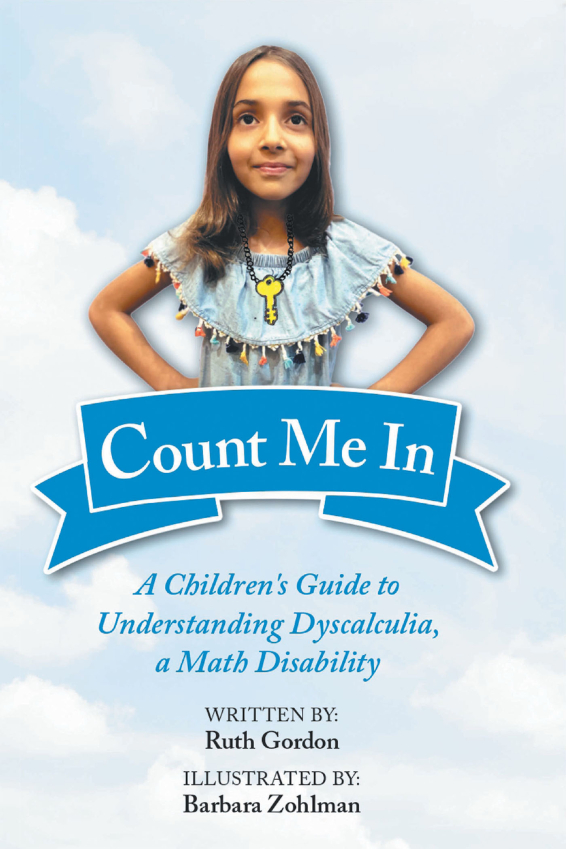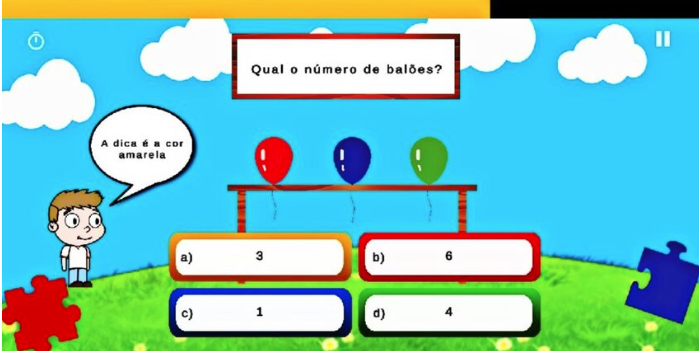Welcome to the world of scientific notation! It’s a place where numbers big and small are given a new perspective, and where we can express them in a more compact and manageable way. While teachers can use various methods like games, activities, and science manipulatives to teach various concepts, however, think of scientific notation as a special code that scientists, engineers, and mathematicians use to communicate and work with numbers that are too large or too small to write out in full.
For example, the distance between the Earth and the moon is 384,400 kilometers or 238,855 miles. That’s a huge number to write out, but with scientific notation, we can represent it as 3.844 × 10^5 km or 3.844e5 km.
Through the below mentioned fun activities, explore scientific notation and see how it can be used to solve real-world problems. You’ll learn how to convert numbers into scientific notation, how to perform calculations using scientific notation, and how to communicate your results effectively. Get ready for a fun and quirky adventure in the world of numbers!
What is scientific notation?
Many science quotes suggest how scientific notation is a way of expressing very large or very small numbers in a concise and standard format. It is particularly useful in the fields of science, engineering, and mathematics.
In scientific notation, a number is expressed as a coefficient multiplied by a power of 10. The coefficient is typically a number between 1 and 10, and the power of 10 indicates the number of zeros after the coefficient (for large numbers) or before the coefficient (for small numbers).
For example, the number 3,000,000 can be written in scientific notation as 3 x 106. The coefficient 3 is between 1 and 10, and the power of 10 is 6, indicating that there are 6 zeros after the coefficient.
Another example is the number 0.0000056, which can be written in scientific notation as 5.6 x 10-6. The coefficient 5.6 is between 1 and 10, and the power of 10 is -6, indicating that there are 6 zeros before the coefficient.
But what’s the need of scientific notation?
Imagine you’re an astronaut in space, and you’re trying to communicate the distance between two planets to your colleagues back on Earth. However, the distance between the planets is so vast that it’s difficult to express in standard numerical format. While there can be several ways to learn the concept of distance, like games and activities, however, with large numbers scientific notation is a must
So, you whip out your trusty scientific notation notebook and jot down the distance as 3.2 x 108 kilometers. Your colleagues back on Earth immediately understand the distance, and you feel relieved that you don’t have to spend hours explaining it to them.
As you look out at the vast expanse of space around you, you realize that scientific notation is like a universal language that transcends the barriers of distance and scale. It allows scientists and engineers to communicate complex ideas and concepts with ease, whether they’re working on Earth or exploring the far reaches of the universe.
At that moment, you feel grateful for the power of scientific notation, and you vow to use it whenever possible to make your work more efficient and effective.
Exploring the universe of numbers: Exciting scientific notation activities for math wizards!
1. Convert and compare numbers
Today, we’re going to play a game of number conversions! You’ll be converting large and small numbers into scientific notation and then comparing them to see which one is bigger or smaller. Are you ready for the challenge?
This activity can be done in pairs or small groups. Provide students with a set of numbers to convert to scientific notation. These numbers can be large or small, positive or negative. Make sure to provide them with guidelines on how to write numbers in scientific notation. After they’ve converted the numbers, ask them to compare them to see which one is larger or smaller. This can be done by comparing the exponents of the scientific notation or by converting the numbers back to standard form.
Furthermore, this can also be a great compare and contrast activity for the budding learners.
2. Create a poster

Artists, it’s time to get creative with scientific notation! In this activity, you’ll be designing a poster that explains the concept of scientific notation and its real-world applications. Get ready to showcase your creativity and knowledge!
Much like a creativity games, assign students to create a poster that explains scientific notation and gives examples of how it is used in the real world. Encourage them to be creative with their designs and to include relevant visuals and examples. You can also make this a group activity and have students present their posters to the class.
3. Math scavenger hunt

Calling all math detectives! We have hidden numbers around the classroom, and your mission is to find them and write them in scientific notation. It’s time to put your math skills to the test and solve the mystery!
Hide different numbers around the classroom, and have students find them and write them in scientific notation. You can make this more challenging by providing clues or riddles that lead students to the numbers. You can also add a twist by assigning different point values to different numbers, and awarding prizes based on the number of points earned.
4. Scientific notation bingo

Welcome to Scientific Notation Bingo! In this game, you’ll be using your knowledge of scientific notation to mark off the numbers on your bingo card. Get ready to shout BINGO and win big!
Create bingo cards where the numbers on the cards are written in scientific notation. Call out the numbers in standard form, and have students mark their cards accordingly. The first person to get bingo wins! To make this more challenging, you can use numbers with different exponents or make it a blackout game where students have to cover all the numbers on their card to win.
5. Mystery number

Are you ready to solve a mystery? We have a number in scientific notation on the board, and it’s up to you to figure out what the original number was. Get ready to use your detective skills to crack the code!
Write a number in scientific notation on the board, and have students guess what the original number was. This can also be a fun math warm up activity in the beginning of the class. You can make this more challenging by providing hints or clues, or by giving them a range of possible answers.
6. Memory game

It’s time to exercise your memory muscles with a game of Scientific Notation Memory! You’ll be matching numbers written in standard form with their equivalent in scientific notation. Get ready to test your memory and your math skills!
Create a memory game where students match numbers written in standard form with the same numbers written in scientific notation. You can create your own cards or use online resources. To make it more challenging, you can add more cards or use numbers with different exponents.
7. Write a story
Calling all storytellers! In this activity, you’ll be writing a story that involves using numbers in scientific notation. Whether it’s exploring the depths of the universe or discovering the mysteries of the atom, get ready to let your imagination run wild!
Have students write a story that involves using numbers in scientific notation, such as calculating the distance between planets or the weight of an atom. Encourage them to be creative and to incorporate scientific concepts into their stories. You can also have them share their stories with the class.
8. Peer teaching

Today, you’ll have the opportunity to become teachers! You’ll be teaching a mini-lesson on scientific notation to your peers using creative and engaging methods such as skits, songs, or demonstrations. Get ready to showcase your teaching skills and learn from your classmates!
Have you ever seen some examples of peer learning? Similar to that, assign students to teach a mini-lesson on scientific notation to their peers, using creative and engaging methods such as skits, songs, or demonstrations.
For example – students can perform a skit where they imagine they are space explorers trying to communicate with an alien civilization. The alien language uses a base-12 numbering system instead of our base-10 system, and the explorers struggle to express the huge distances and quantities they encounter in space using the alien language.
Eventually, one explorer suggests using scientific notation as a way to bridge the communication gap, and they demonstrate how to convert a large number in base-10 to a base-12 system using powers of 12. The skit can be funny and engaging, with the explorers struggling to communicate and the audience learning how scientific notation can be a useful tool for expressing very large or very small numbers in a compact way.
This helps students to reinforce their own understanding of the topic and enhance math vocabulary, while also providing an opportunity for peer learning. You can also provide feedback and suggestions for improvement to help students develop their teaching skills.
Conclusion
In conclusion, scientific notation is a powerful tool that allows us to represent very large or very small numbers in a concise and efficient way. By converting numbers into scientific notation, we can easily perform calculations and compare values that would otherwise be unwieldy to work with.
In the classroom, there are many engaging and creative activities that can be used to teach scientific notation in a way that is both fun and educational. Whether it’s racing to the moon, solving mysteries, or becoming peer teachers, students can learn how to write and manipulate numbers in scientific notation while also developing important skills such as teamwork, creativity, and critical thinking.
By incorporating these activities into the curriculum, we can help students develop a deeper appreciation for the power of scientific notation and its real-world applications. With a little bit of creativity and imagination, we can turn the study of scientific notation from a dry and boring topic into an exciting adventure through the universe of numbers.




